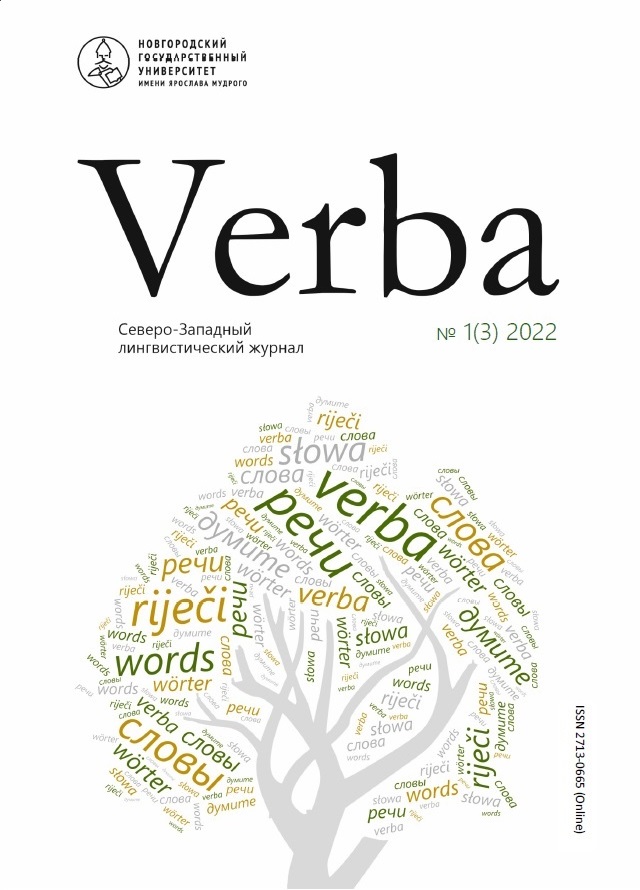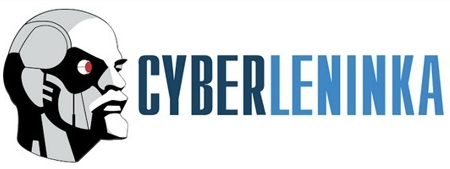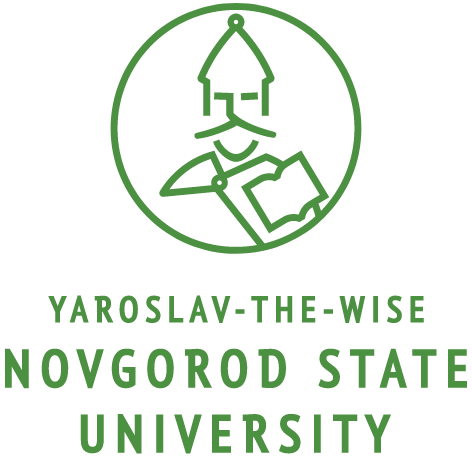Water names ending with -ovo/-evo in historical Novgorod and Pskov lands
DOI:
https://doi.org/10.34680/VERBA-2022-1(3)-38-52Keywords:
hydronyms, structure, derivation, Novgorod and Pskov landsAbstract
The article analyzes the features of the structure, derivation and motivation of hydronyms with -ovo/-evo endings, and also contains separate etymological observations. The territory of hydronymic research is the historical Novgorod and Pskov lands – a region of considerable size in the North-West of Russia, covering in whole or in part the territories of modern Novgorod, Pskov, Leningrad, Tver and Vologda Oblasts. The article is written in line with the broad historical and linguistic study of hydronymy currently being carried out by the author throughout this space. In total, approximately 350 hydronyms ending with -ovo/-evo were recorded on this territory, of which 95% are the names of lakes, 5% are the names of streams (the so-called riakonyms), and, in addition, there is a single river name (Volkhovo). Most of the analyzed hydronyms are interpreted as derivatives with a possessive meaning from personal proper names and designations of persons. A smaller part of the water names goes back to the appellative vocabulary, mainly to adjectives with the suffix -ov-/-ev- or to the nouns that motivated such adjectives. Many water names ending with -ovo/-evo in written sources of different times are accompanied by variants with other endings. Such variants are most often qualified as early, former structures from which modern water names were formed (by superimposing or substituting an ending or, more rarely, through its folk-etymological isolation by analogy). With the help of the Slavic endings -ovo/-evo, a number of hydronyms of non-Slavic origin were adapted (Otolovo, Lipshovo, Megrovo, Limandrovo, etc.). Some of the considered water names are links of toponymic microsystems, which makes it possible to specify their formation from neighboring toponyms.
Downloads
Downloads
Published
How to Cite
Issue
Section
License
Copyright (c) 2022 Verba

This work is licensed under a Creative Commons Attribution-NonCommercial 4.0 International License.








